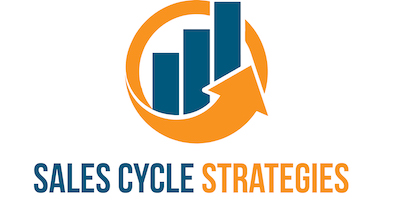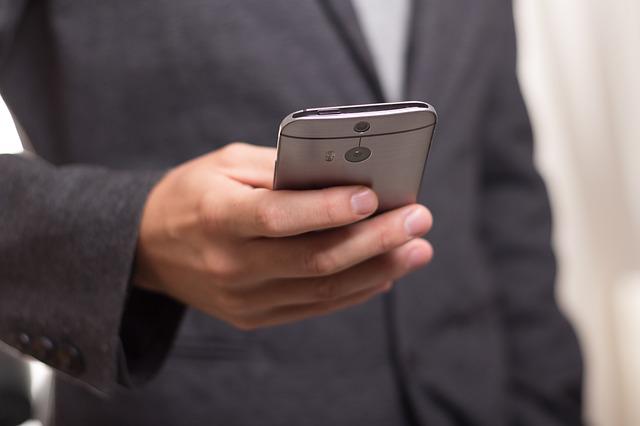Email sequencing is the process of sending a series of emails to your leads. Research has shown email sequencing (using a series of follow up emails instead of one) to dramatically increase outreach response rates.
When it comes to email marketing, it’s not just about getting your prospects to open the email; it’s also about getting them to read it and then take action based on the information in the message.
A well-designed email campaign gives you the opportunity to build trust with your audience as well as educate them on what you can offer them. The more trust and credibility you build with your audience, the more likely they will be willing to listen when you recommend something that might benefit their business or personal life.
When should I use an email sequence?
An email sequence is a series of emails sent over a period of time. It can be used to build engagement with your customers, educate them on your products/services, or even sell to them.
Here are some common ways to use email sequences:
– Reach out to prospective customers (cold outreach)
– Educate customers on how to use our products/services
– Teach customers how to solve problems they might encounter while using our products/services
– Upsell or cross-sell our existing customers
– Encourage people who have signed up for a free trial but not converted into paying customers (or vice versa)
How long should my email sequence be?
The length of your email sequence depends on what you’re trying to achieve with it. If you’re just introducing something new, then a short sequence could work well — maybe three emails max. On the other hand, if you want to drive more sales through your website and increase customer lifetime value, then you might need more than one or two month’s worth of content in order to keep people engaged.
How often should I send emails in my sequence?
This depends on the length of your email series and how much content it contains but we recommend sending at least once per week. As prospects progress through your email sequence we recommend lengthening the amount of time between emails in order to prevent email ‘fatigue’.
When is the best time to send a sequenced email ?
What’s the best time to send an email in a sequence? It depends on what you’re sending. A company survey might be better received in the morning, while an offer to schedule a meeting would be better sent after normal business hours. Of course, you can’t always take advantage of these moments—and since no two campaigns are exactly alike, there’s no hard and fast rule for what times of day send best for your campaign. That said, once you’ve sent through a few sequences and have some data to work with, it should become clearer what you can expect from each time window.
How long should my email copy be?
Keep your emails short and sweet. The average person receives more than 60 marketing emails per day, and attention spans are getting shorter. If you want to stay on your customers’ radar, keep your emails brief and to the point.
If you’re trying to get a client to do something, limit your email’s length to one page, maximum two pages if you can’t avoid it. This is especially true for transactional email like receipts or shipping confirmations — the more concise, the better.
If you’re trying to sell something or inform someone of a new product or service, limit your copy length to three paragraphs at most — nothing longer than 200 words.
Want to learn more ?
Email sequencing is a great way to develop relationships with potential clients. Just remember to keep a friendly and helpful tone, and to not overdo it with the content.
Want to learn more? Drop us a quick message here, we’d love to hear from you.




